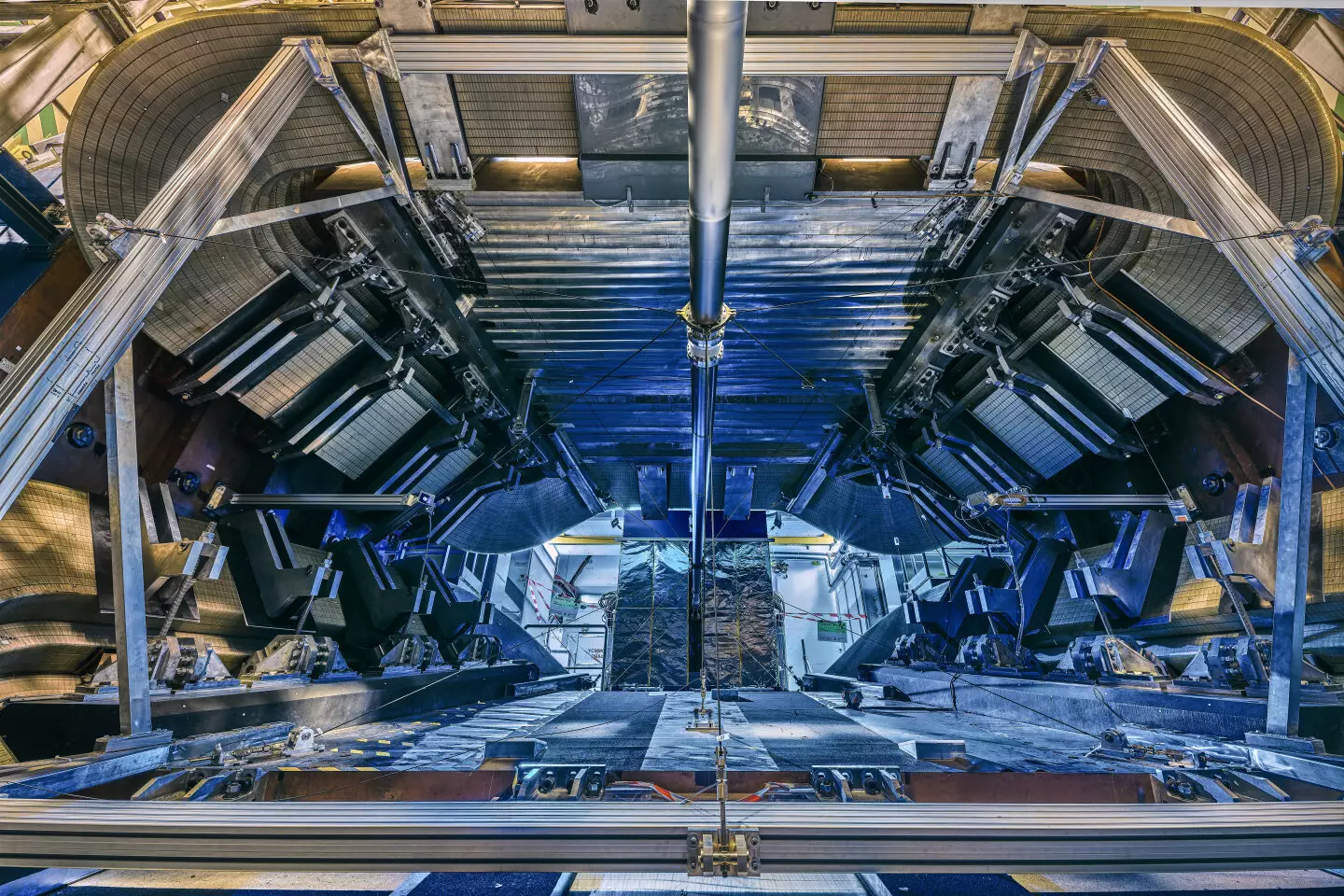The realm of quantum physics is full of surprises, one of which is the ability of particles to transition into their antimatter counterparts and back again. This phenomenon, known as particle oscillation, challenges our understanding of the fundamental building blocks of the universe. The recent discovery by the LHCb collaboration at CERN sheds light on the oscillation of the neutral D meson, a particle composed of charm quarks and up antiquarks. This finding not only expands our knowledge of particle physics but also points towards a deeper understanding of the matter-antimatter imbalance in the cosmos.
In the Standard Model of particle physics, the concept of CP violation arises from the imbalance between matter and antimatter particles. This elusive phenomenon, driven by the weak force, provides a window into the mysterious nature of the universe. While known sources of CP violation have been studied extensively, they fall short in explaining the vast matter-antimatter asymmetry observed in cosmic structures. The researchers at LHCb have taken on the challenge of exploring new sources of CP violation and refining their understanding of existing ones.
Through meticulous analysis of data from the LHC, the LHCb collaboration has achieved groundbreaking results in measuring the parameters governing matter-antimatter oscillation. By focusing on the neutral D meson and its decay characteristics, the researchers have managed to reduce measurement uncertainties to unprecedented levels. This precision has enabled them to confirm the oscillation of the neutral D meson between matter and antimatter states, while also ruling out evidence of CP violation in the process. These findings pave the way for further investigations using advanced technology and enhanced data sets.
The quest for understanding the matter-antimatter disparity does not end with the current findings. Future analyses involving the decay patterns of the neutral D meson, such as transitions into kaons and pions, hold promise for uncovering new insights into CP violation and particle behavior. The upcoming runs of the LHC and the planned upgrades to its capabilities offer exciting prospects for exploring uncharted territories in particle physics. Every avenue must be explored to unravel the mysteries of the universe and unlock the secrets of matter-antimatter interactions.
The recent discoveries by the LHCb collaboration mark a significant milestone in the pursuit of matter-antimatter asymmetry. By delving into the intricate world of particle oscillation and CP violation, researchers are pushing the boundaries of knowledge and opening new doors to understanding the fundamental forces at play in the cosmos. The journey towards unlocking the mysteries of the universe is long and complex, but with dedication, precision, and a spirit of exploration, we can hope to unravel the enigma of matter-antimatter duality.


Leave a Reply